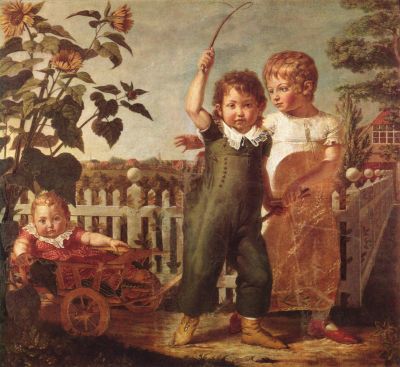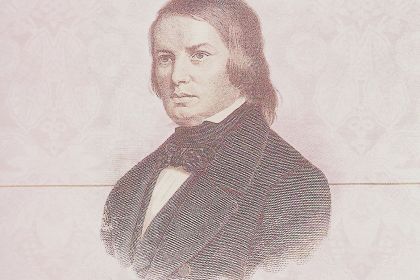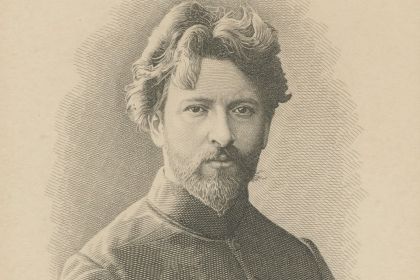PIANO
Kinderszenen and Schumann's metronome mystery

Die Hülsenbeckschen Kinder by Philipp Otto Runge
Kinderszenen or Scenes from Childhood is a set of short piano pieces written by Robert Schumann in 1838. Although these pieces are composed in simple musical forms associated with songs, they are not intended for children and were conceived as a kind of a look back from the vantage point of adulthood.
Schumann subsequently noted that Kinderszenen pieces were inspired by his wife remarking he sometimes appeared to be almost "like a child." He viewed the pieces to be gentler and more melodic than his other early works.
For more than a century, there has been some uncertainty about the musical tempo of some pieces since Schumann did not accompany Kinderszenen with standard Italian tempo terms and instead indicated specific numerical values for the metronome. It would seem that following the composer's instructions poses no problem to performers, though metronome numbers vary in different editions. Unfortunately, the manuscript itself has not survived, so it is impossible to tell which version of the metronome instructions is the original one. For example, the most popular piece entitled Träumerei or Dreaming is prescribed a tempo of 100 by the 1839 Breitkopf & Härtel edition, while the 1932 edition by the Art Publication society of St. Louis indicates a tempo of 54 for the same piece.
Listen to Robert Schumann's Träumerei from Kinderszenen performed by Daniel Barenboim at a tempo of 52:
This almost twofold discrepancy in the musical tempo gave rise to some speculations, including a later debunked theory that Schumann's metronome had been defective and a rather daring theory proposed by pianist Leopold Godowski who believed that Schumann had shown “an incomprehensible lack of judgment in deciding the speed of every number” in his metronome indications.



